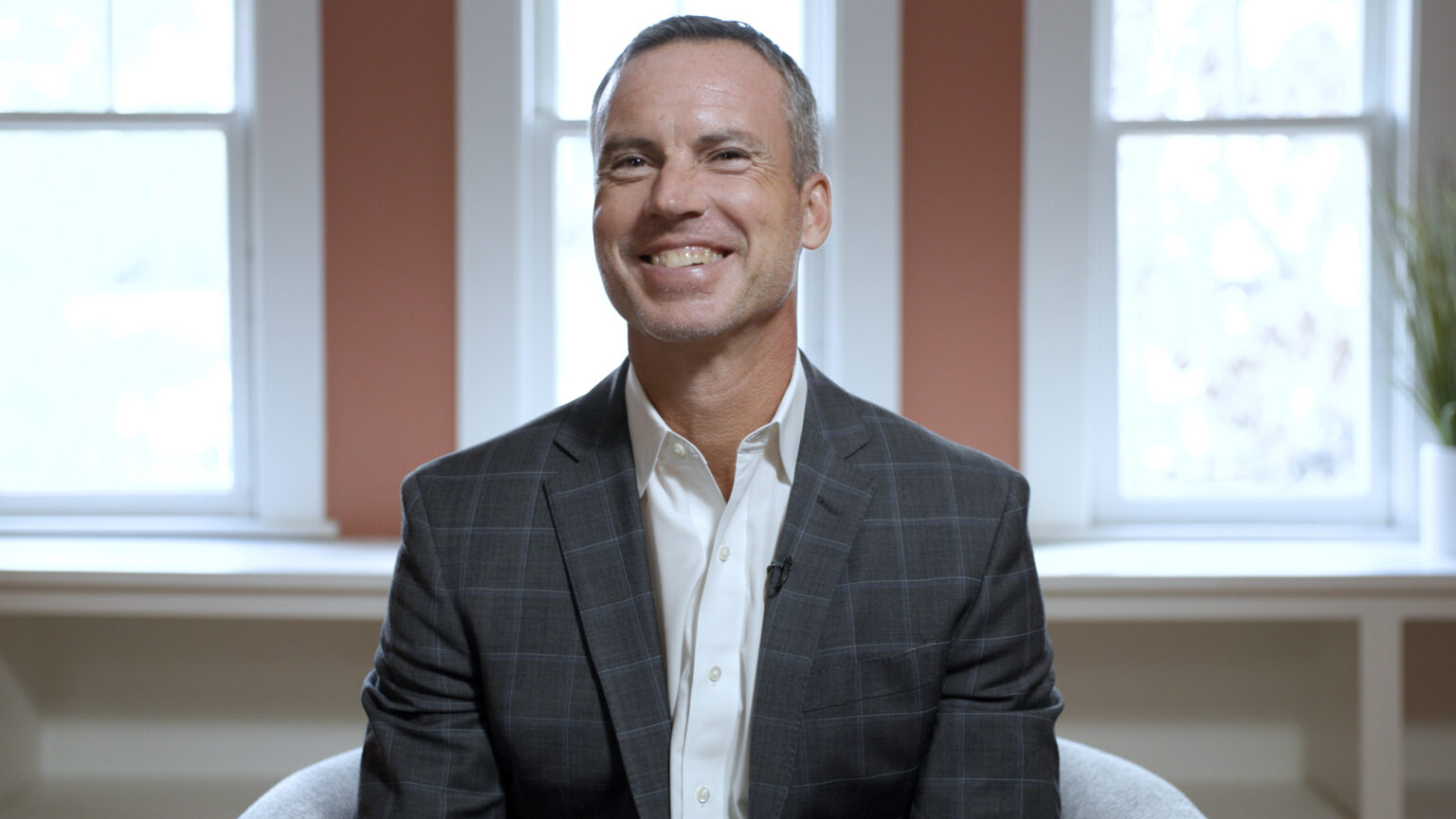As a formerly incarcerated person who served over twenty years in federal prison, I know the challenges of successfully reentering society all too well. I faced formidable barriers to reintegration, including stigma, limited job opportunities, and unresolved health issues when I was released over three years ago, and those challenges appear even more daunting for an individual released today. Enhancing our reentry programs and services is not just beneficial—it’s essential for fostering successful community integration and reducing recidivism.
Job training programs are a cornerstone of effective reentry services. They equip individuals with the skills necessary to find employment, which is crucial for stability and self-sufficiency. According to the National Institute of Justice, employment is one of the key predictors of successful reentry. Programs that combine real-world job training with learning opportunities show promising results in helping ex-offenders secure employment and stay out of the criminal justice system (National Institute of Justice).
Mental health and substance abuse treatments are equally, if not more, critical to successful community reintegration. Many individuals in the criminal justice system have a history of mental health issues or substance dependence, which generally goes untreated during incarceration and can exacerbate the challenges of reintegration. We need more effective treatment programs to address these issues comprehensively, offering therapy, support groups, and, in some cases, medication-assisted treatment. Research from the Brookings Institution underscores the importance of these services, noting that addressing mental health and addiction issues can significantly lower the chances of re-offending (Brookings).
Moreover, reentry programs and services that prioritize personalized support, such as coaching and mentorship, have shown to be effective. I often acknowledge that I would not be the person I am today, an example of successful community reintegration and family reunification, without the guidance and support of my coaches and mentors. These chief positive influencers have helped me to not only address my practical needs but they have also offered me the emotional and psychological support I needed to successfully navigate the complex process of reintegration.
As we continue to grapple with the consequences of mass incarceration, enhancing reentry programs and services is not merely a policy choice—it’s a moral imperative. We need to explore innovative ways to begin addressing the root causes and base level needs of incarcerated persons while they are incarcerated, so they can return to society in better condition, mind, body and spirit, than when they made whatever bad decision led to their arrest. Our model at Social Purpose Corrections ensures every incarcerated person in our care has the resources and support they need to improve themselves and rebuild their lives once released. We believe incarcerated persons can, and will, begin living into their full potential when there is a culture and physical environment established that is conducive to learning, growth and personal development. The SPC model, in my opinion, is fundamental to not only transforming individual lives but also strengthening the entire fabric of society.
Adam Clausen is the Director of Innovation and Social Impact at Social Purpose Corrections.
